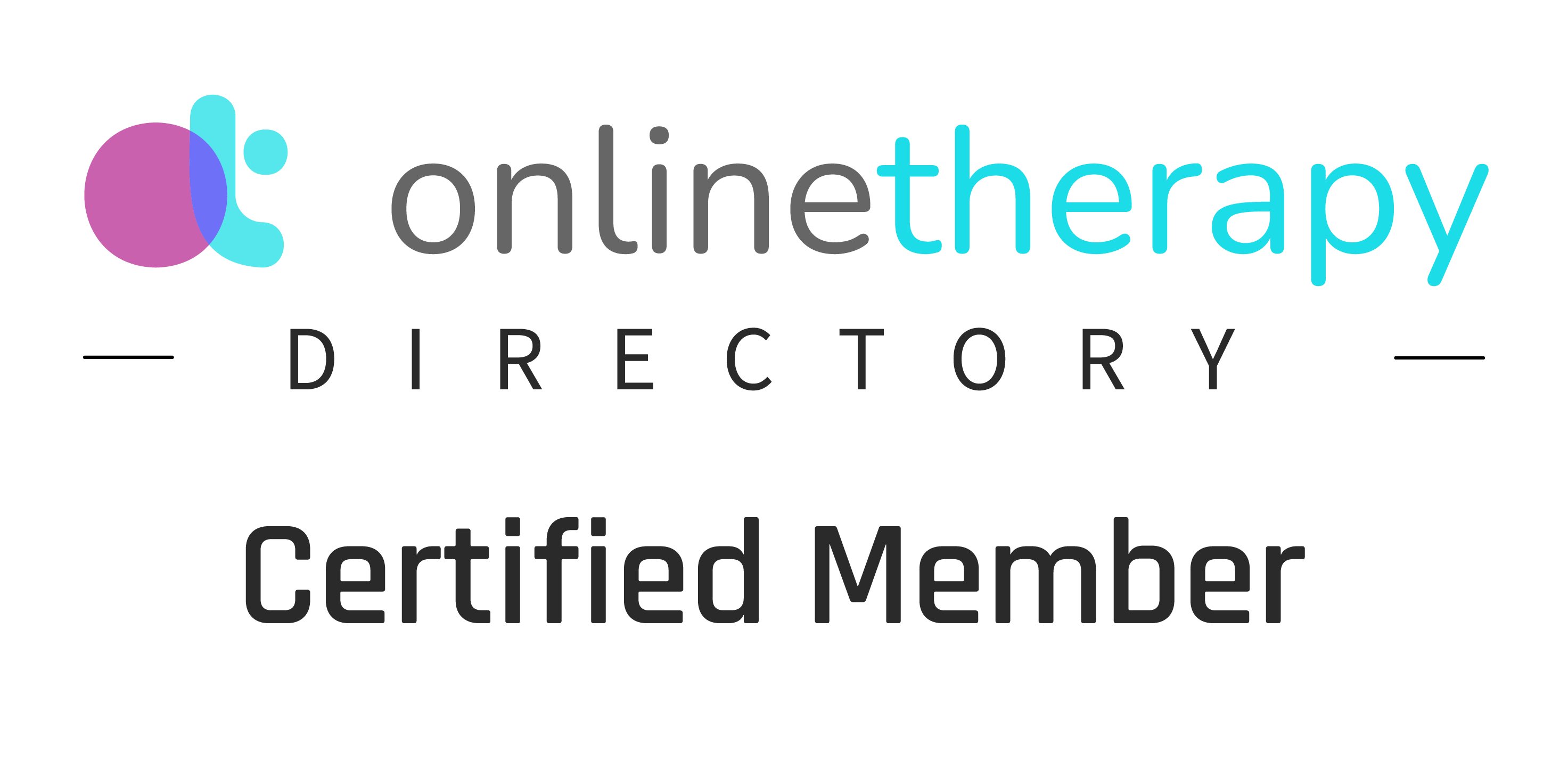What Is ADHD Hyperfixation? Why You Can’t Stop Thinking About That One Thing
What Is ADHD Hyperfixation?
ADHD is often associated with inattention—but for many, there's another side to the story. Instead of struggling to focus on everything, some people with ADHD experience periods of intense mental immersion—where one task, hobby, or topic becomes so captivating that hours pass without notice. This is known as hyperfixation, and it’s a common, though often misunderstood, experience for individuals with ADHD.
Hyperfixation refers to an intense and prolonged focus on a specific interest or activity—often to the exclusion of everything else. Whether it’s a video game, a creative project, a TV series, or a deep dive into a niche subject, the ADHD brain can become completely consumed, prioritizing the stimulation and reward it provides above all else.
Examples of ADHD hyperfixation might include:
Binge-watching an entire show in a weekend, unable to stop even when tired or behind on other tasks
Researching a hyper-specific topic (like types of mushrooms or Cold War spy tactics) for days on end
Spending 10+ hours perfecting a single drawing or DIY project, losing track of time and basic needs
Listening to the same song or album on repeat for hours because it creates an emotional or sensory “hook”
Writing pages of fanfiction or outlining a fictional universe late into the night despite having school or work in the morning
Organizing and reorganizing a space obsessively—such as color-coding a bookshelf or building spreadsheets for fun
These fixations can feel incredibly rewarding in the moment—but may also lead to burnout, missed responsibilities, or guilt once the "spell" breaks.
The Science Behind ADHD Hyperfixation
Hyperfixation isn’t officially recognized in diagnostic manuals like the DSM-5, but it’s widely reported by individuals with ADHD and understood by clinicians as a result of how the ADHD brain processes motivation, attention, and reward.
1. Dopamine Dysregulation
One of the core neurological differences in ADHD involves how the brain handles dopamine—a neurotransmitter linked to motivation, interest, and reward. People with ADHD tend to have lower baseline dopamine levels, which means their brains are constantly seeking stimulation.
When an activity finally provides that dopamine hit—whether it’s a puzzle, video game, or deep research rabbit hole—the brain latches on. Hyperfixation is essentially the brain’s way of holding onto a rare and pleasurable neurochemical state.
2. Executive Function Challenges
Executive functioning is the set of mental skills that includes impulse control, working memory, organization, and task-switching. In ADHD, these skills are often impaired. Once hyperfocus kicks in, individuals may find it extremely difficult to stop, even if they want to. They may forget to eat, delay sleep, or skip appointments—not out of laziness or irresponsibility, but because their brain is locked in.
3. Emotional Relevance and Interest-Driven Attention
ADHD attention is often interest-based, not priority-based. If something is boring, even if it's urgent, it’s hard to stay focused. But if something is emotionally engaging—whether joyful, comforting, novel, or intensely stimulating—it captures attention easily and powerfully. This explains why hyperfixation often revolves around personal interests or emotionally charged content.
Hyperfixation vs. Flow State
You might wonder, Isn’t this just being in the zone? Not quite.
Recognizing the Signs of ADHD Hyperfixation
Hyperfixation can feel empowering in the moment, but it often leads to missed responsibilities, lost time, or emotional crashes once the interest fades. Knowing how to spot it early can help you respond with more awareness and control.
Common signs include:
Losing track of time while focused on an activity
Neglecting basic needs like eating, sleeping, or hygiene
Feeling irritable, anxious, or overwhelmed when interrupted
Difficulty switching to another task, even when you want or need to
Talking excessively or researching obsessively about a specific topic
The Pros and Cons of Hyperfixation
Like many aspects of ADHD, hyperfixation is not all good or all bad. It exists on a spectrum—and learning how to work with it can unlock incredible potential.
Pros:
Boosts creativity and productivity, especially in short bursts
Leads to deep knowledge or mastery in areas of passion
Sparks motivation and purpose, especially when interest aligns with personal goals
Cons:
Can interfere with work, school, or relationships
May lead to burnout, emotional dysregulation, or avoidance of responsibilities
Often followed by a “crash” or period of disinterest, self-criticism, or confusion
Coping Strategies: How to Work With Hyperfixation, Not Against It
Hyperfixation isn’t inherently bad—in fact, it can be a source of creativity, productivity, and joy. But when it starts to interfere with daily responsibilities, relationships, or health, it’s important to set boundaries and build awareness.
1. Name It When It’s Happening
The first step is simply recognizing when you’re in a hyperfixated state. Ask yourself:
Am I skipping meals, sleep, or hygiene?
Have I lost track of time?
Am I avoiding something important by diving into this?
Naming the pattern can interrupt the autopilot mode and help you re-engage your decision-making skills.
2. Use Timers and External Cues
Set alarms or visual timers to create natural stopping points. For example, give yourself a 90-minute block to engage in your favorite topic, then take a structured break (stretch, drink water, go outside). Try tools like:
Pomodoro timers (25 minutes on, 5 off)
Visual clocks
Phone alarms labeled with reminders like “Pause & Check In”
3. Make It Part of Your Routine
If your hyperfixation brings you joy, consider scheduling intentional time for it. This allows you to enjoy it guilt-free without sacrificing everything else. For example: “I’ll research mythology for an hour after I finish my work emails.”
4. Bridge Transitions Gently
Going from a high-dopamine state to a low-dopamine task can feel jarring. Try to make transitions softer by:
Playing music during the switch
Using a transitional task (like making tea or tidying your space)
Pairing the boring task with a small reward
5. Track Your Patterns
Keeping a journal or tracker of your hyperfixations can help you:
Notice patterns (e.g., time of day, emotional triggers)
Understand what needs or emotions they might be meeting
Reflect on when they’re helping versus hindering
6. Talk About It
If hyperfixation is impacting your relationships or responsibilities, open up to someone you trust. Explain that it’s part of how your brain works—not a lack of care or maturity. This can help reduce shame and foster understanding.
ADHD Hyperfixation in Kids and Teens
Children and teens with ADHD often hyperfixate on video games, fandoms, YouTube creators, or even specific academic subjects. This isn’t inherently harmful, but it’s important to help them develop balance.
Tips for parents:
Encourage variety without suppressing their passion
Use their interests to support learning (e.g., math through Minecraft, writing through fanfiction)
Set compassionate boundaries around screen time, transitions, and physical needs
Remember: kids hyperfixate for the same reasons adults do—to regulate emotions, experience pleasure, and find mastery in a world that often feels overwhelming.
When to Seek Help
If hyperfixation is consistently disrupting your life—causing chronic sleep issues, interfering with relationships, or worsening anxiety or depression—it may be time to seek professional support.
Treatment options may include:
Cognitive Behavioral Therapy (CBT) to develop flexible thinking and behavior patterns
ADHD coaching to create systems and routines tailored to your interests and brain style
Medication to help regulate attention, emotional reactivity, and impulse control
Working with a licensed therapist or psychiatrist who understands ADHD can be a valuable step toward building a more balanced relationship with focus.
Final Thoughts
ADHD hyperfixation can be both a superpower and a stumbling block. With the right strategies and self-awareness, what once felt overwhelming can become a source of insight, creativity, and motivation.
Whether you're navigating this yourself or supporting someone you care about, remember: understanding leads to empowerment. You don’t need to suppress your passions—you just need to build the structure that allows them to thrive without taking over.














